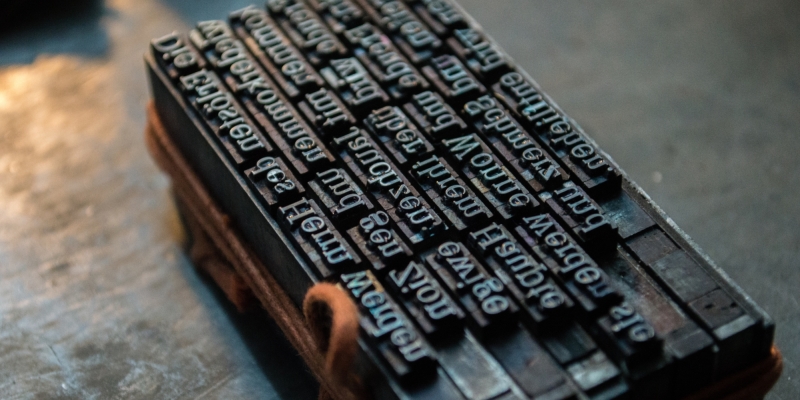The clock for print products is ticking; the end is in sight! That was the prevailing opinion since the start of the new millennium. “Online publications are faster, more up-to-date and cheaper to produce, so they will soon completely supersede print!” For a long time, this opinion was almost unanimous. And then, somehow, the expiration date for print was postponed further and further into the future or even abolished altogether. After all this, there are still some very good reasons to publish content and advertise in print.
Nearly a quarter of a century after the advent of the first online editions and internet portals of daily newspapers and magazines, the well-known maxim “No medium perfectly replaces another” has once again proven to be true, so we can just sit back and relax and accept the coexistence of print and online publishing. Sit back and relax? Certainly not! Both media forms must constantly monitor their market position and continue to develop their strengths. Only then will print and online complement each other and become the two sides of the same coin, a strong media brand.
Well-done print publications will always find readers
According to a recent survey conducted by Statista in 2018 on behalf of Next Media Hamburg, almost 60% of Germans believe that print media will still be relevant in 10 years’ time. The survey is most upbeat about the future of daily newspapers and trade magazines, while the vast majority of respondents picture news magazines and tabloids being in digital form in 10 years’ time. What I see in the print sector is a further diversification of the product range.
Promising approaches for print include special-interest titles and the guts to address the very specific needs of smaller target groups. This also explains why many new and successful print titles have come onto the market recently, developed from what were originally online publications. “Reverse Publishing” so to speak.
In my opinion, the decisive factor is not just the medium itself, but the quality of the content combined with the merits of the medium used for publication. And print has many advantages!
…because print has unique advantages!
Every week, the ZEIT’s “Knowledge” section publishes an infographic on a wide range of environmental and social topics. This fills an entire newspaper page and is elaborately designed. With one glance you can grasp the topic, recognize context, and get the details. Online, even on a smartphone, that’s impossible! Here’s another, admittedly subjective example: Used car dealers prefer printed advertising magazines. The reason is that
“browsing” in a printed magazine is simply faster, more intuitive and more informative than targeted research on the Internet.
But back to the objective features that make the medium unique:
- Print publications are self-contained products, they have a beginning and an end and at best follow a kind of story line. With a print product, I have a certain amount of information or diversion in my hands, there is no distraction, no “flashing and blinking” within the product. I trust that the authors, designers and editors have put together informative and entertaining content for me. Keyword: Quality! Keyword: customer needs!
- Layout, graphics, pictures, typography: These are by no means “old school”, but important ingredients and “seasoning” to the actual content. They create a certain feeling and add subtle depth. Or maybe you’d like to read everything in Arial 14 point?
- The mindset in which we read print. As practical as it may be to include links to further information in an online article, it is also distracting. It can prevent you from really absorbing and reflecting on what you have just read. When reading printed newspapers, magazines, and books, we are offline and really focused on the content. No “ping”, “flash”, or link!
Content, quality, boldness!
Yes, a lot of information can be found faster on the net, more up-to-date, perhaps more to the point. However, even in 2019, the background, context and in-depth nature of a topic are still clear domains of the print medium. Whining about declining circulation figures has never helped, nor does it today. What is needed is courage (even for niches!) and the desire to offer customers the best quality in content and design.
Bill Gates said in 1998 that there would be no more printed newspapers by the year 2000. I say we will still see print in 50 years’ time. Maybe I’m wrong, but at least I’ll be in good company!
Photo by Hannes Wolf on Unsplash
Knut Nicholas Krause M.Sc., CEO and founder of knk, has been active as an IT consultant for medium-sized companies since 1986. As the son of a director of the Frankfurter Allgemeine Zeitung, he founded knk in 1988 and specialized in the development of knkPublishing, the only Microsoft certified publishing software worldwide. He is a visionary who explores industry trends within the publishing industry and incorporates them into the development of knkPublishing.

Leave A Comment